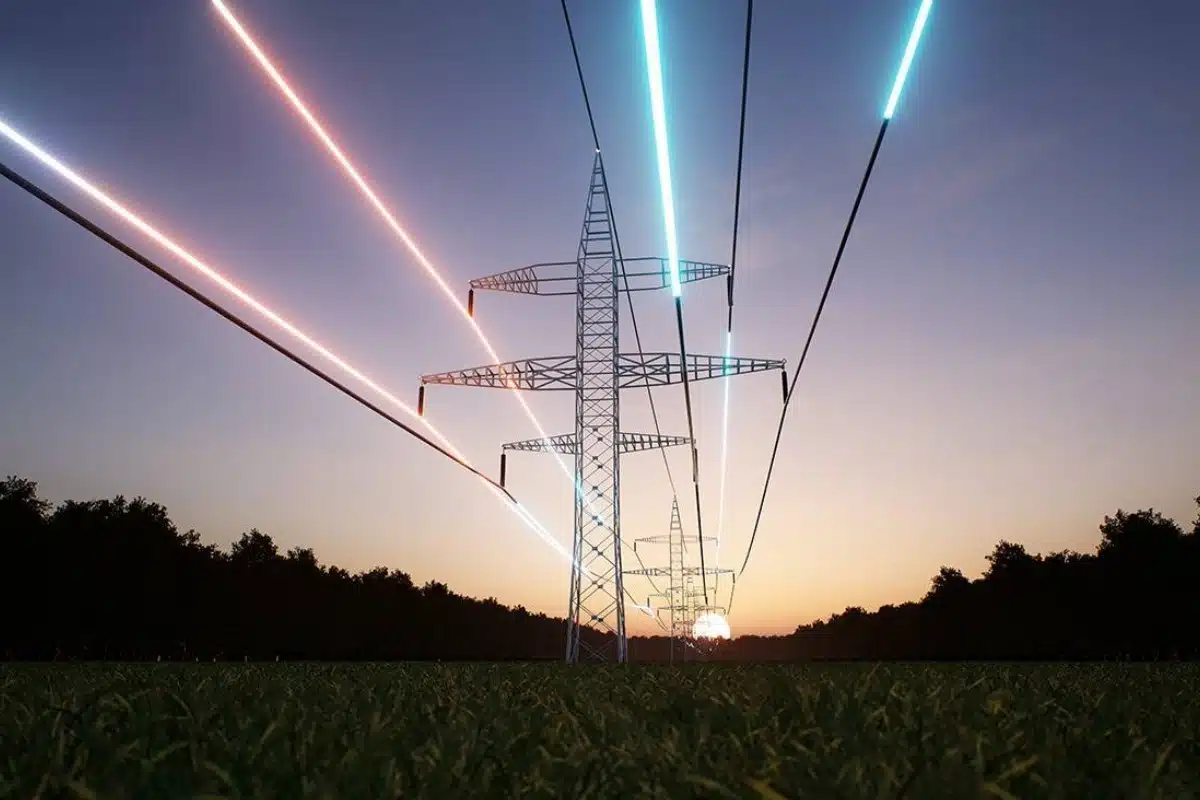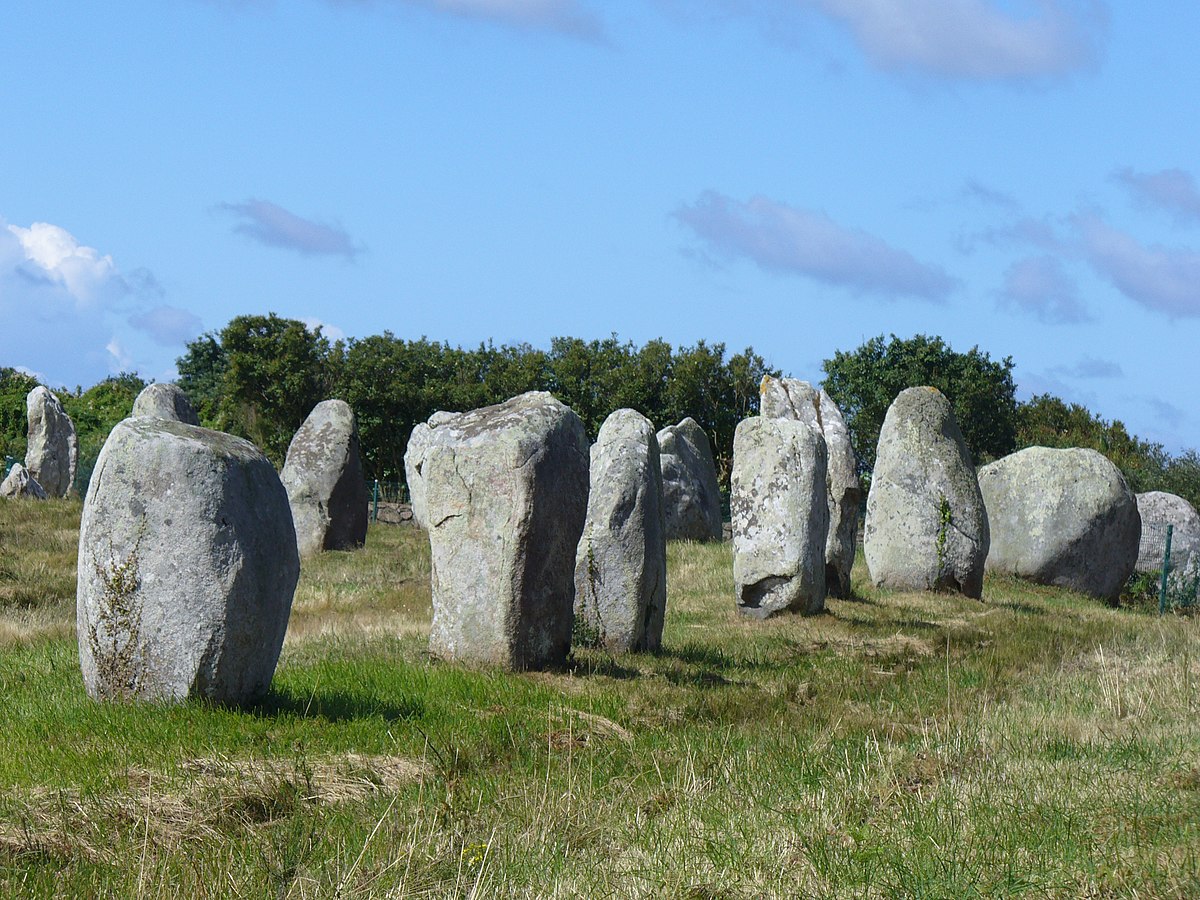Throughout human history, civilizations have sought to harness the power of celestial bodies, developing sophisticated methods to capture and utilize solar and lunar energy long before modern technology emerged.
Recent archaeological discoveries and interdisciplinary research have unveiled remarkable evidence that ancient societies possessed far more advanced knowledge of energy harvesting than previously imagined. From the sun-drenched temples of Egypt to the moonlit observatories of Mesopotamia, our ancestors developed ingenious techniques that challenge our understanding of technological evolution.
🌞 The Dawn of Solar Energy Consciousness in Ancient Civilizations
Ancient peoples recognized the sun as the ultimate source of power and life. Archaeological evidence suggests that numerous civilizations developed practical applications for solar energy that went far beyond simple agricultural timing or religious symbolism.
The Egyptians, for instance, designed architectural marvels that maximized solar exposure during specific times of the year. The Great Pyramid of Giza demonstrates precise astronomical alignment, suggesting its builders understood solar cycles with exceptional accuracy. Beyond symbolism, recent studies indicate that polished metal surfaces within temple complexes may have concentrated solar radiation for heating purposes and metallurgical processes.
Greek Innovation in Solar Architecture
The ancient Greeks took solar energy utilization to remarkable heights. Socrates himself discussed passive solar design principles, advocating for homes with south-facing windows to capture winter sunlight while providing shade during summer months. The city of Olynthus, dating to 400 BCE, showcases entire neighborhoods designed according to these solar principles.
Greek architects developed the “megaron” style, incorporating large south-facing openings that allowed maximum solar penetration during cold months. Archaeological excavations reveal sophisticated understanding of thermal mass, using stone floors and walls to absorb heat during the day and release it at night.
🏛️ Roman Solar Engineering Excellence
The Romans elevated solar energy harvesting to an engineering discipline. Their innovation in glass production around the first century CE enabled the creation of “specularia” – transparent window coverings that trapped solar heat while allowing light penetration, essentially creating the first greenhouse effect applications.
Roman bathhouses exemplify advanced solar thermal design. The massive Baths of Caracalla featured extensive south-facing windows that heated water reservoirs naturally. Excavations reveal complex systems of pipes and chambers designed to maximize solar heat retention and distribution throughout these enormous facilities.
The Heliocaminus: Ancient Solar Rooms
Wealthy Romans constructed specialized “heliocamini” – rooms specifically designed to capture and concentrate solar energy. These spaces featured large glass windows, dark-colored floors for heat absorption, and strategic positioning to maximize year-round solar exposure. Pliny the Younger’s letters describe such rooms in his Laurentine villa, noting their effectiveness in maintaining comfortable temperatures.
🌙 Lunar Energy: Beyond Illumination
While solar energy applications seem more intuitive to modern understanding, ancient civilizations also developed sophisticated methods of harnessing lunar influences. Though not “energy” in the conventional electromagnetic sense, lunar cycles were recognized as powerful natural rhythms that could be utilized for practical purposes.
Ancient farmers across diverse cultures timed agricultural activities according to lunar phases. This practice, now validated by modern research, recognized that lunar gravitational effects influence soil moisture, plant growth hormones, and pest behavior patterns. The Chinese agricultural calendar, dating back over 4,000 years, provides detailed guidance for planting, harvesting, and water management based on lunar cycles.
Tidal Energy Awareness in Coastal Civilizations
Coastal societies developed remarkable understanding of tidal patterns driven by lunar gravitational pull. Roman fish ponds along the Mediterranean utilized tidal flows for natural water circulation and oxygenation. Archaeological evidence from ancient Britain reveals tidal mills dating to 619 CE, though the technology likely existed centuries earlier.
These installations demonstrate sophisticated engineering that captured tidal energy twice daily, converting lunar gravitational force into mechanical power for grinding grain. The Domesday Book of 1086 CE records numerous tidal mills across England, suggesting widespread adoption of this ancient lunar-powered technology.
⚡ Light Concentration Technologies of the Ancient World
Perhaps the most intriguing aspect of ancient solar energy harvesting involves technologies for concentrating and directing light. The legendary “burning mirrors” of Archimedes, allegedly used to defend Syracuse against Roman ships in 212 BCE, may represent actual solar concentration technology rather than mere mythology.
Recent experimental archaeology has demonstrated that bronze mirrors available in antiquity could indeed concentrate sufficient solar energy to ignite wooden ships at distances up to 50 meters. Whether Archimedes actually deployed this weapon remains debated, but the underlying technology was certainly achievable.
Temple Illumination Through Solar Engineering
Ancient architects designed temples with sophisticated light-capturing systems. The Pantheon in Rome features its famous oculus – a circular opening that illuminates the interior with moving sunbeams marking time’s passage. Egyptian temples at Abu Simbel demonstrate astronomical precision, with sunlight penetrating deep corridors to illuminate inner sanctuaries on specific dates.
These weren’t merely aesthetic choices. Recent analysis suggests that concentrated light within temple complexes served practical purposes, including heating sacred spaces, maintaining eternal flames without constant fuel consumption, and even rudimentary lighting systems using reflective surfaces to distribute natural light throughout interior chambers.
🔬 Materials Science: The Foundation of Energy Harvesting
Ancient energy harvesting required sophisticated materials science. Civilizations developed specialized alloys, glasses, and ceramics optimized for capturing and utilizing solar and lunar energy.
Egyptian bronze mirrors achieved remarkable reflectivity through precise copper-tin ratios and polishing techniques. Chemical analysis of ancient mirrors reveals compositions specifically designed to maximize solar reflection while resisting tarnish. Similar sophistication appears in Greco-Roman glass production, where craftsmen controlled trace elements to achieve optimal transparency and thermal properties.
Thermal Storage Materials in Antiquity
Ancient builders understood thermal mass principles, selecting materials based on their heat storage capacity. Archaeological sites reveal deliberate choices:
- Dense limestone and granite for maximum daytime heat absorption
- Clay and adobe in arid regions for balanced thermal regulation
- Water reservoirs positioned to capture solar heat and release it gradually
- Dark-colored stone flooring in solar-oriented rooms
- Thick walls providing insulation and thermal buffering
Roman hypocaust heating systems, traditionally viewed as wood-fired, often incorporated solar assistance. South-facing hypocaust chambers absorbed direct sunlight, reducing fuel requirements significantly. This hybrid approach demonstrates sophisticated understanding of supplementary energy systems.
🌍 Global Perspectives on Ancient Energy Practices
Energy harvesting technologies weren’t limited to Mediterranean civilizations. Cultures worldwide developed unique approaches adapted to local conditions and astronomical understanding.
Mesoamerican Solar Alignments
Maya and Aztec architecture demonstrates profound astronomical knowledge applied to energy management. Temple complexes align with solar positions at solstices and equinoxes, creating dramatic lighting effects that also served practical heating and timing functions. The Pyramid of Kukulkan at Chichen Itza produces a serpent-shaped shadow during equinoxes, suggesting sophisticated understanding of solar geometry.
Recent excavations reveal that some Mesoamerican structures incorporated polished pyrite and mica surfaces, materials with unique reflective and thermal properties. While their exact applications remain debated, these materials suggest experimentation with solar energy concentration and utilization.
Asian Innovations in Natural Energy Systems
Chinese architecture developed the “feng shui” system, which, beyond its philosophical dimensions, incorporated practical environmental energy management principles. Building orientation, window placement, and material selection followed guidelines that optimized solar exposure and natural ventilation – essentially codifying passive solar design in cultural practice.
Korean “ondol” heating systems, dating to 5000 BCE, used solar-warmed stones and thermal mass principles for residential heating. Stone platforms absorbed daytime solar radiation and released heat overnight, providing comfortable living conditions with minimal fuel consumption.
📊 Comparing Ancient Solar Technologies
| Civilization | Technology | Primary Application | Time Period |
|---|---|---|---|
| Egyptian | Polished metal reflectors | Temple illumination, metallurgy | 3000-300 BCE |
| Greek | Passive solar architecture | Residential heating | 400-100 BCE |
| Roman | Glass windows, thermal mass | Bathhouse heating, heliocamini | 100 BCE-400 CE |
| Chinese | Architectural orientation | Building climate control | 2000 BCE-present |
| Mesopotamian | Mud brick thermal regulation | Temperature moderation | 3500-500 BCE |
🔍 Modern Rediscovery and Validation
Contemporary researchers increasingly validate ancient energy harvesting techniques through experimental archaeology and scientific analysis. Modern passive solar design essentially rediscovers principles that ancient architects understood intuitively and through empirical observation.
Studies of ancient Roman buildings reveal that properly designed structures maintained comfortable interior temperatures year-round without active heating systems. Thermal imaging of archaeological sites shows deliberate heat management through material selection and architectural geometry.
Lessons for Contemporary Sustainability
Ancient energy practices offer valuable insights for modern sustainable architecture. By studying how civilizations thrived using natural energy flows, we can develop technologies that work with rather than against environmental rhythms.
Passive solar design principles derived from ancient architecture reduce modern buildings’ energy consumption by 30-70%. Thermal mass strategies employed by Romans and Greeks provide climate control without mechanical systems. Even tidal energy, utilized in ancient mills, is experiencing renewed interest as a renewable power source.
🌟 The Cultural Dimension of Ancient Energy Systems
Energy harvesting in antiquity transcended mere practical application – it embodied cultural values and worldviews. Solar and lunar cycles structured religious calendars, agricultural practices, and social organization, creating integrated systems where energy management aligned with cultural identity.
Ancient festivals often coincided with solar events, ensuring that religious observances reinforced practical knowledge about seasonal energy availability. Harvest celebrations occurred when solar angles indicated optimal crop maturity. Winter solstice festivals acknowledged the sun’s renewed strength, while also marking the time to manage stored energy resources carefully.
💡 Technological Transmission Across Ancient Networks
Trade routes and cultural exchanges facilitated energy technology diffusion across ancient civilizations. Glass-making techniques traveled from Mesopotamia to Egypt to Rome, each culture refining the technology. Solar architecture principles spread along Mediterranean trade networks, adapting to local climates and materials.
The Silk Road transmitted not just goods but also knowledge about astronomical observations, architectural techniques, and materials science. Chinese solar orientation principles influenced Central Asian construction, while Middle Eastern innovations in water management and solar heating reached European builders through Islamic Spain.
🏺 Archaeological Evidence: Uncovering Ancient Energy Secrets
Recent excavations continue revealing new evidence of ancient energy technologies. Multispectral imaging exposes faint traces of reflective coatings on temple walls. Chemical analysis identifies specialized materials designed for thermal performance. Computer modeling reconstructs ancient buildings’ thermal behavior, validating design sophistication.
At Pompeii, preserved glass windows show Romans’ widespread adoption of passive solar technology. In Egypt, analysis of temple surfaces reveals deliberate material choices for managing solar radiation. Chinese archaeological sites display sophisticated drainage systems that utilized tidal and lunar-influenced water level variations for irrigation.
🌄 The Philosophical Foundation of Ancient Energy Understanding
Ancient peoples viewed energy not as an abstract scientific concept but as a fundamental life force connecting humanity with cosmic rhythms. This perspective fostered holistic approaches to energy management that integrated technical, environmental, and spiritual dimensions.
Greek philosophy explored the relationship between cosmic order and earthly design. Roman writers discussed buildings as organisms that breathed and regulated themselves. Eastern traditions conceptualized energy flows through landscapes and structures, creating design systems that optimized these invisible forces.
🎯 Practical Applications of Ancient Wisdom Today
Modern architects and engineers increasingly incorporate ancient energy principles into contemporary designs. Passive solar techniques reduce building energy consumption dramatically. Thermal mass strategies provide natural climate control. Astronomical alignments optimize daylighting while reducing artificial lighting needs.
Renewable energy advocates look to ancient tidal mills as models for modern tidal power generation. Agricultural scientists validate lunar planting calendars through controlled studies. Urban planners study ancient city layouts to understand how street orientation and building placement can reduce energy demands.
The integration of ancient knowledge with modern technology creates powerful synergies. Smart buildings employ passive solar principles enhanced by sensors and automated controls. Traditional materials with proven thermal properties combine with contemporary engineering for superior performance. Ancient astronomical knowledge informs modern solar panel positioning and seasonal energy management strategies.
🌐 The Global Heritage of Energy Innovation
Ancient energy technologies represent humanity’s shared heritage of innovation and environmental adaptation. From Arctic communities maximizing brief summer sunlight to tropical civilizations managing intense solar radiation, diverse cultures developed solutions appropriate to their circumstances while sharing fundamental principles.
This global perspective reveals that energy consciousness isn’t a modern invention but a rediscovery of ancient wisdom temporarily obscured by fossil fuel abundance. As contemporary society confronts climate change and resource depletion, these time-tested approaches offer proven pathways toward sustainable living.
The sophistication of ancient solar and lunar energy harvesting challenges assumptions about technological progress as linear advancement. In many respects, modern civilization is still catching up to the integrated, holistic energy management systems that ancient peoples developed and refined over millennia. By studying these practices with respect and scientific rigor, we unlock secrets that may illuminate pathways toward a more sustainable future, connecting ancient wisdom with contemporary innovation in ways that honor both past ingenuity and future possibilities.
Toni Santos is a visual researcher and educational designer specializing in tactile learning tools, exploring how hands-on, sensory experiences can illuminate ancient construction techniques, lost technologies of early civilizations, sacred geometries and earth alignments, and mysterious energy sources. Through embossed maps, textured models, and handcrafted manipulatives, Toni investigates how physical interaction deepens understanding, memory, and creativity, while uncovering the subtle ways these tools convey knowledge across cultures and ages. Blending design theory, educational psychology, and archival research, Toni curates case studies, visual explorations, and instructional resources that celebrate the craft, innovation, and cognitive power of touch-based learning, inviting educators, designers, and curious minds to engage with the hidden patterns and energies that have shaped human history.




